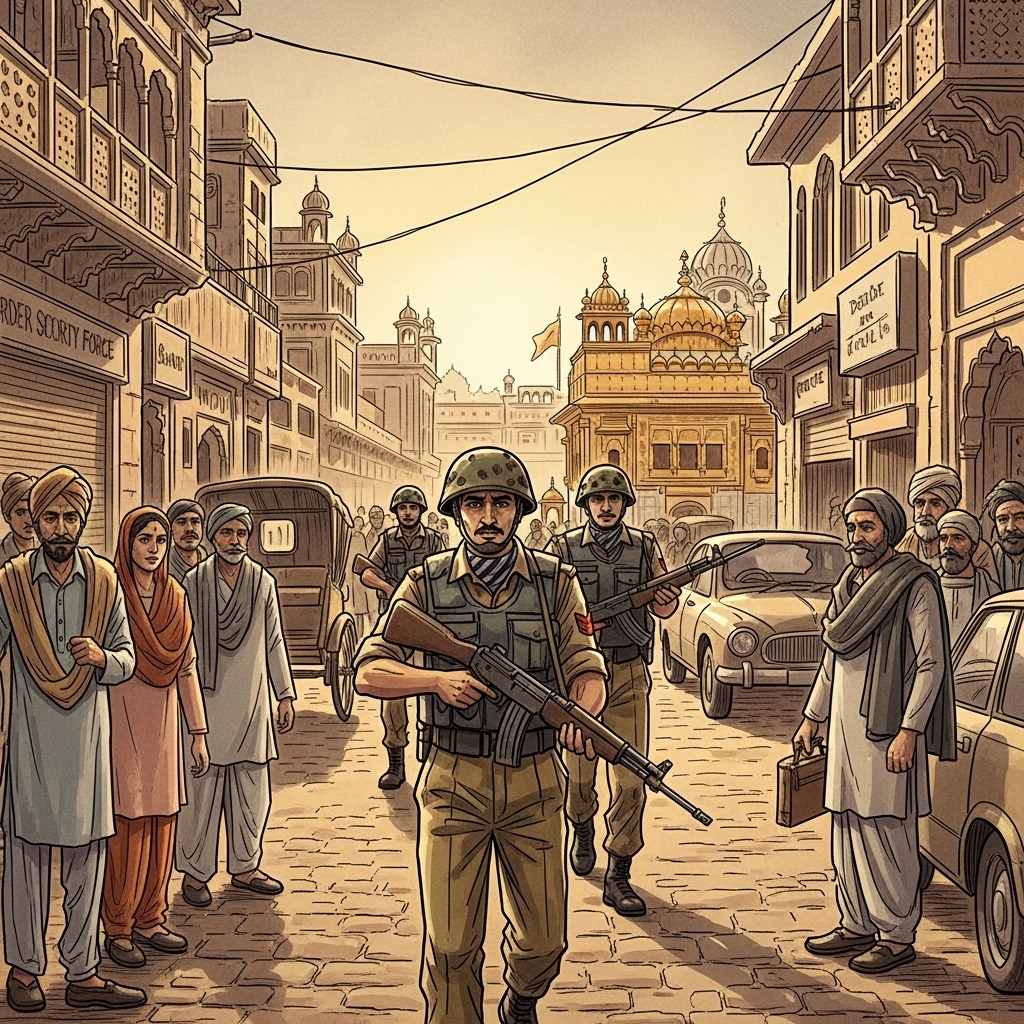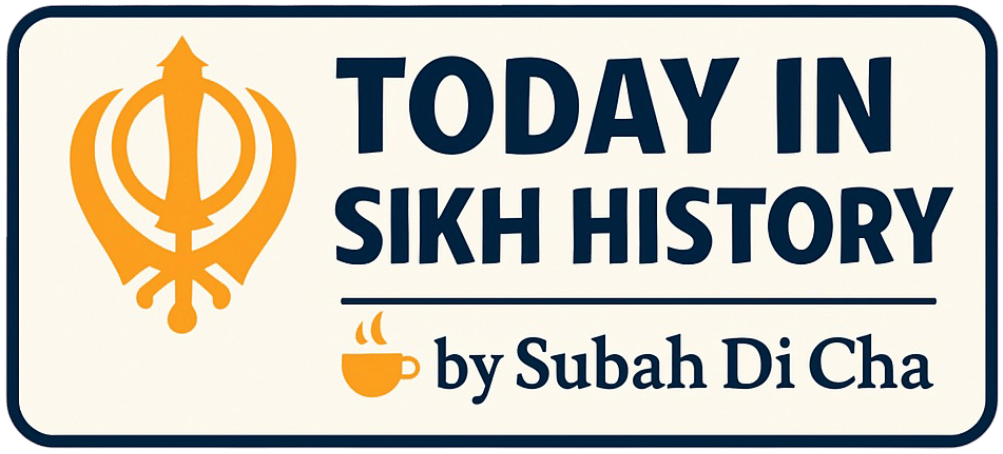🗓️ 1982 — Paramilitary Forces Enter AmritsarThe holy city of Amritsar was placed under the control of the Border Security Force during the Dharam Yudh Morcha.

In 1982, the sacred streets of Amritsar fell under the watch of paramilitary forces, marking a grave and foreboding turning point in a peaceful protest movement. The Dharam Yudh Morcha (a righteous campaign for Sikh rights) was met with an increasingly firm hand from the Indian government. The deployment of the Border Security Force (BSF) was a dramatic escalation. This decision effectively militarized the holy city, home to the revered Harmandir Sahib (Golden Temple), and put civil society on edge. By deploying a paramilitary force, the government reframed a civil rights movement as a matter of national security. It deepened the chasm of mistrust between the state and the Sikh community, setting a dangerous precedent for the conflicts that would follow. This moment stands as a critical lesson in how a government's response can define a movement, reminding us of the heavy responsibility leaders bear when addressing dissent.
|

